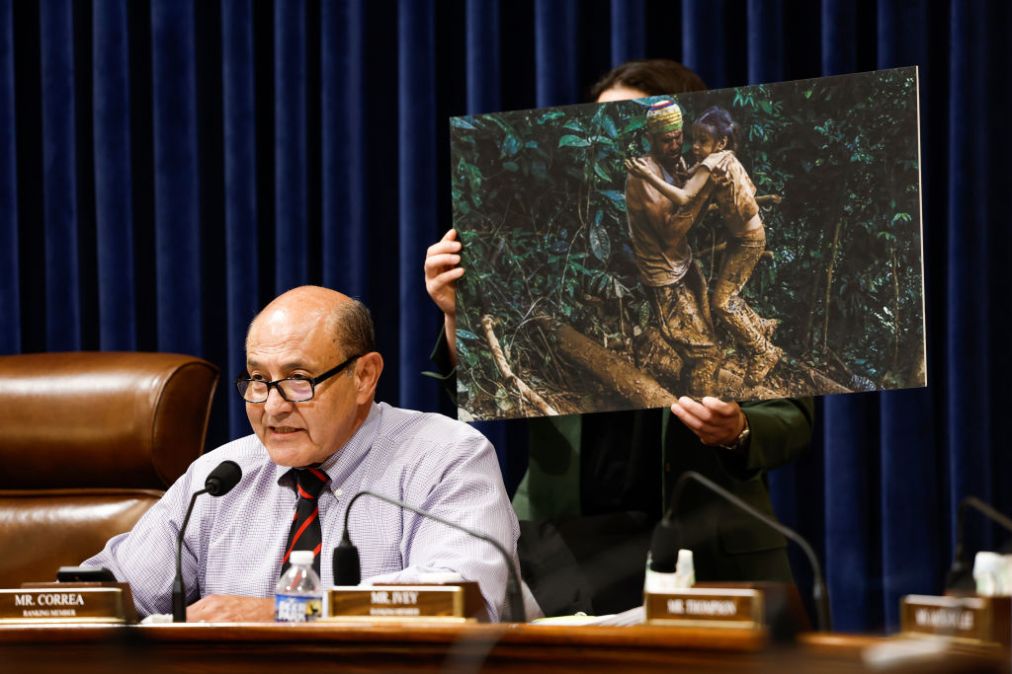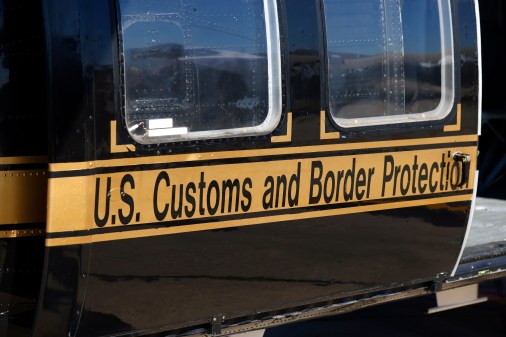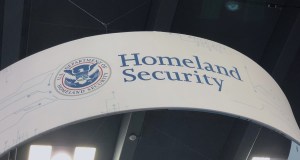Bipartisan House bill calls on DHS to leverage AI for border security

The Department of Homeland Security would be charged with figuring out how artificial intelligence and other emerging technologies could be used to secure the border under a bipartisan bill introduced Tuesday in the House.
The Emerging Innovative Border Technologies Act from Reps. Lou Correa, D-Calif., and Morgan Luttrell, R-Texas, calls on DHS to deliver a plan to Congress for how the agency can leverage AI, machine learning and nanotechnology to “enhance, or address capability gaps in, border security operations.”
“Border security means keeping drug and human traffickers away from our communities — and new, bleeding-edge technology that is already available for commercial use would give our hard-working officers the tools they need to keep us safe,” Correa, ranking member on the House Border Security and Enforcement Subcommittee, said in a press release. “Through this bipartisan effort, Congress will better understand how our officers can use new technology to stop smugglers, as well as identify and respond when migrants are crossing in remote and deadly conditions, and hopefully deliver them the resources they so desperately need.”
Luttrell, who serves with Correa on the House Border Security and Enforcement Subcommittee, said in the press release that the legislation “aims to combat and neutralize threats at our borders.”
“As cartels and foreign adversary operations become more sophisticated amidst the ongoing border crisis, the United States must deploy the latest and most advanced technologies available to our borders to disrupt these threats,” Luttrell said. “I’ll continue to push for effective measures to safeguard our country and enforce our laws.”
The legislation tasks at least one innovation team member from DHS’s Customs and Border Protection with researching new, innovative and disruptive commercial technologies that could be adapted into border security operations, in an attempt to “address both capability gaps and urgent mission needs and assess their potential outcomes,” per the press release.
The innovation team will coordinate with the agency’s acquisition program office and others within CPB on identifying technologies, analyzing procurement methods, assessing privacy and security implications on border communities, and looking into legacy CBP technologies.
In conjunction with DHS’s Science and Technology Directorate, CBP would additionally be responsible for incentivizing the private sector “to develop technologies that maybe help CBP meet mission needs” on border security, while also exploring partnership opportunities with small and disadvantaged businesses, intra-governmental entities, university centers of excellence and federal laboratories.
The report to Congress — specifically the House and Senate Homeland Security committees — from the commissioner of CBP is due within 180 days of the enactment of the legislation. It should include operating procedures and protocols for reaching agreements on the use of technologies for border security, as well as planning and strategic goals, such as projected costs and performance indicators.
The legislation from Correa and Luttrell comes less than a month after DHS released its first-ever AI roadmap, outlining the agency’s current uses and future plans for the technology. The roadmap includes several callouts to border security, including the agency’s use of “non-intrusive inspection technology to make border screenings more efficient and to combat the risks associated with smuggling fentanyl and other illicit goods.”






